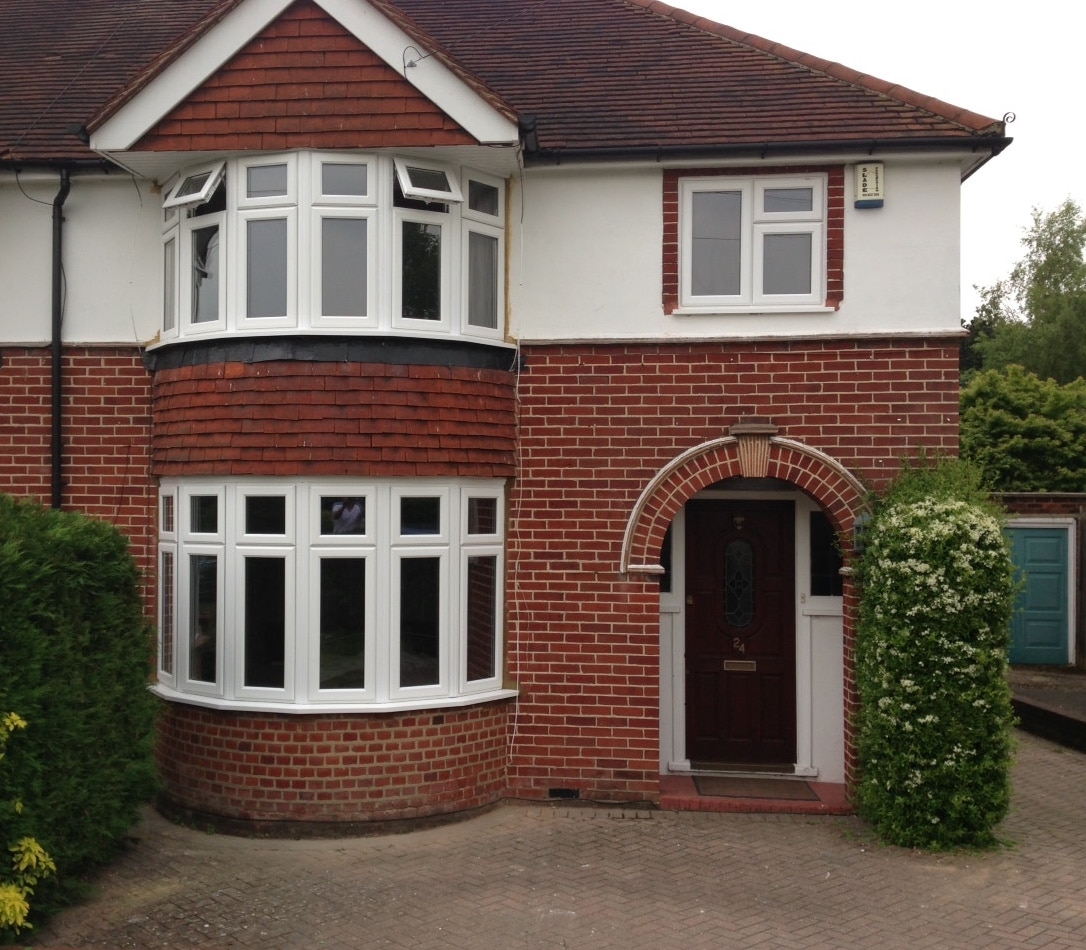The Ultimate Guide to Commercial Bay Window Installers
Introduction
Bay windows are architectural features that have actually acquired popularity in both residential and commercial homes due to their visual appeal and ability to boost natural light. They not just create a visually inviting atmosphere however likewise provide extra area that can be utilized for seating or ornamental displays. For commercial homeowner and supervisors, setting up bay windows can elevate the design and performance of retail environments, office complex, and more. This post will check out the essential elements of commercial bay window installation, the advantages of working with professional installers, and what to think about when picking the right service supplier.
Comprehending Bay Windows
Bay windows are composed of 3 or more areas, extending beyond the exterior wall of a structure. They are generally developed to create a nook or alcove that improves space and light. Key components of bay windows include:
- Main Window: The biggest center pane that typically acts as the centerpiece of the bay window.
- Side Windows: Smaller panes on either side of the main window, which may open or stay fixed.
- Casing: The frame that surrounds the window.
- Sill: The bottom ledge that supports the window structure.
Benefits of Installing Bay Windows in Commercial Spaces
Bay windows provide numerous advantages for commercial homes:
- Increased Natural Light: The angled design permits more sunlight to enter the space, lowering the need for artificial lighting.
- Visual Appeal: Bay windows can enhance the visual interest of a structure's exterior, bring in potential customers.
- Extra Usable Space: The alcove developed by bay windows can be transformed into different functional locations, such as seating, storage, or display area.
- Better Views: Their extending nature provides residents with scenic views of the environments, which can be specifically beneficial for retail environments.
- Improved Ventilation: If created with operable side windows, bay windows can boost cross-ventilation within commercial spaces.
Factors to Consider When Selecting Bay Window Installers
Selecting the ideal installer for commercial bay windows is vital to ensure an effective task. Here are essential factors to bear in mind:
1. Experience and Expertise
- Industry Knowledge: Look for installers with comprehensive experience in commercial jobs.
- Portfolio: Reviewing previous setups can display the installer's craftsmanship and design abilities.
2. Quality of Materials
- Toughness: Good installers utilize high-quality materials that withstand weather condition conditions and use.
- Energy Efficiency: Consider installers who offer energy-efficient window choices to minimize heating and cooling costs.
3. Licensing and Insurance
- Appropriate Licensing: Ensure the installer adheres to local guidelines and holds essential licenses.
- Liability Insurance: This protects the residential or commercial property owner from prospective damages during installation.
4. Consumer Reviews and Recommendations
- Testimonials: Previous customers' feedback can provide insights into the dependability and professionalism of the installer.
- Word of Mouth: Personal suggestions from coworkers in the market can cause reliable options.
5. Guarantee and After-Sales Service
- Installation Warranty: Quality installers need to offer warranties for their work.
- Upkeep Assistance: Consider if they provide after-sales service for upkeep and repairs.
The Installation Process
The installation of bay windows in commercial areas typically includes several steps. Here's a concise introduction of what to expect from the procedure:
Step 1: Assessment and Planning
Before installation begins, the contractor will evaluate the website, take measurements, and discuss design alternatives with the residential or commercial property owner to figure out the best option.
Action 2: Sourcing Materials
The picked installer will source the materials required for the installation, guaranteeing they fulfill the project specs.
Action 3: Removal of Existing Windows
If an existing window needs to be changed, the installation group will thoroughly remove it while making sure the structure remains intact.
Step 4: Installation
The brand-new bay windows will be installed according to manufacturer specifications, ensuring proper alignment, insulation, and sealing.
Step 5: Finishing Touches
Once set up, the location will be cleaned, and any required finishing touches, such as painting or caulking, will be finished.
Action 6: Final Inspection
An extensive inspection will be conducted to guarantee that everything remains in order and satisfies quality requirements.
Frequently Asked Questions About Commercial Bay Window Installation
What are the costs associated with bay window installation?
Expenses can vary extensively based on factors such as material option, window size, needed structural modifications, and labor. On Residential Bay Windows , commercial bay window installation can range from ₤ 1,000 to ₤ 5,000 per unit.
How long does the installation process typically take?
The time required for installation depends on the size of the job and the number of windows being set up. Usually, setups can take anywhere from one day to a number of weeks.
Are bay windows energy effective?
When installed with modern, energy-efficient materials, bay windows can substantially lower energy consumption by improving thermal insulation.
What type of upkeep do bay windows require?
Regular cleansing and assessment for cracks or leakages are vital. In addition, guaranteeing that the frame is correctly sealed will assist extend the life-span of the windows.
Commercial bay windows are an exceptional addition to any business, supplying visual improvement and functional advantages. Working with a professional installer can make the process seamless and make sure that the results are high-quality and durable. By considering Affordable Bay Window Installers mentioned above and asking the ideal questions, company owner can make educated choices about their bay window installation tasks, eventually improving the convenience and appeal of their commercial areas.

